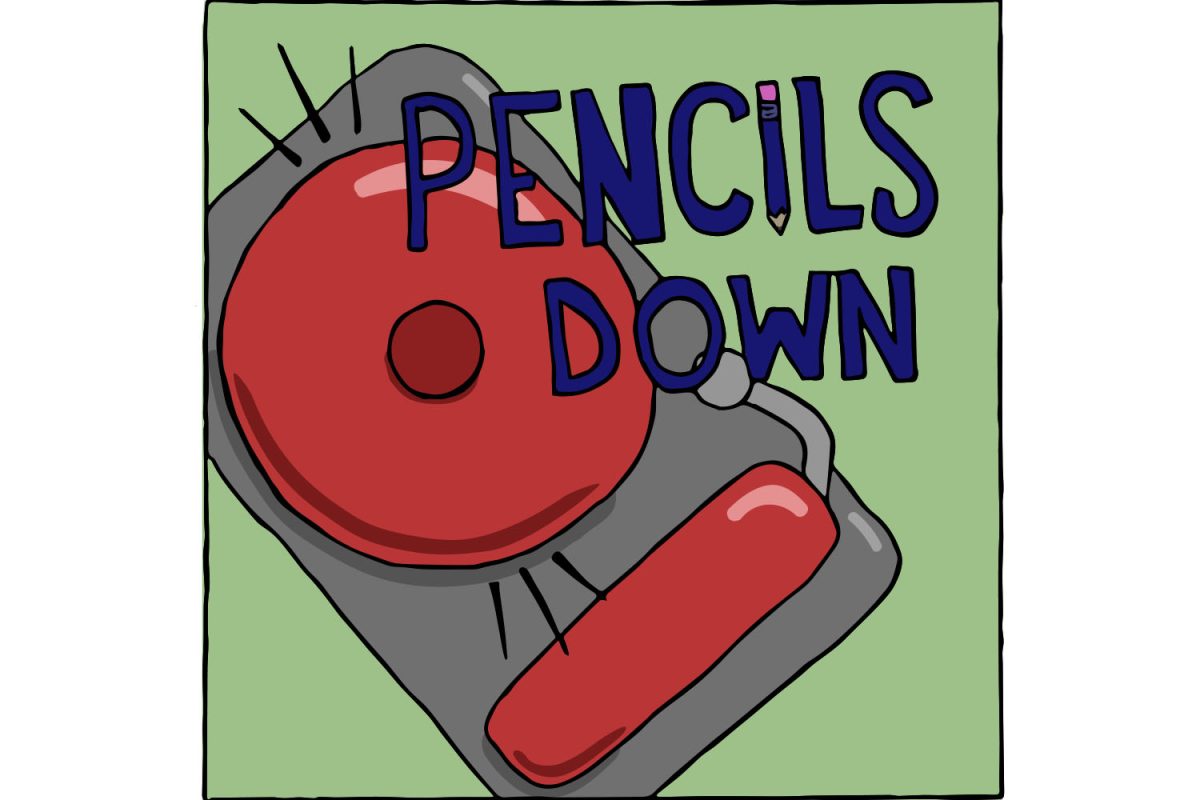Some of the strongest political movements in the West are founded on the perceived injustices of wealth inequality. This issue reemerged with the Bureau of Labor Statistics’ dismal December job report. Media outlets like the The New York Times called for more government intervention through mandates like an increased minimum wage. But some people are too quick to jump on wealthier people to finance costly social programs through taxes. Many will justify this with a bar graph that shows the income inequality within the United States, expressing that it is simply not “fair.” If someone asked 100 people for a definition of “fair,” that same person will get 100 different answers.
It seems that ending poverty is not even the goal of many with this mindset because these policies do not reduce poverty. Taking money from the wealthy doesn’t mean that the poor will have more. Instead, it is this drive toward the unachievable goal of “equality,” which makes people happy so long as everyone is equally poor. Why else would they want the 1 percent to be taxed more? This idea is derived from the old ideas of class conflict, where wealth creation is a zero-sum game, and the wealthy are hurting everyone just to earn their profits. This idea is weakened when we see that classes are not so concrete.
If we look at IRS statistics on the incomes of individuals in the 1 percent, we see that they are not there permanently. They must constantly work to maintain their position, and more people fail than succeed. According to the U.S. Department of the Treasury, more than half the people who were in the 1 percent in 1996 were no longer there in 2005. The situation of those who are in the top 1 percent of the 1 percent is even more precarious, for only 25 percent of them were able to hold that position until 2005. Often, those whom we believe are wealthy maintain their lavish lifestyles because of the wealth they have accumulated.
The constant change of people within certain income brackets is perfectly demonstrated by college students. Many people take out loans totalling more than $100,000 to finance their education, but during their time in school these students lack the means to acquire that money. So why do banks give out these loans? These bankers know, or hope at least, that a student will advance in income and be able to pay off the loans. The same idea can be applied to business loans. Be sure to think twice when told that the poor are getting poorer and the rich getting richer.



